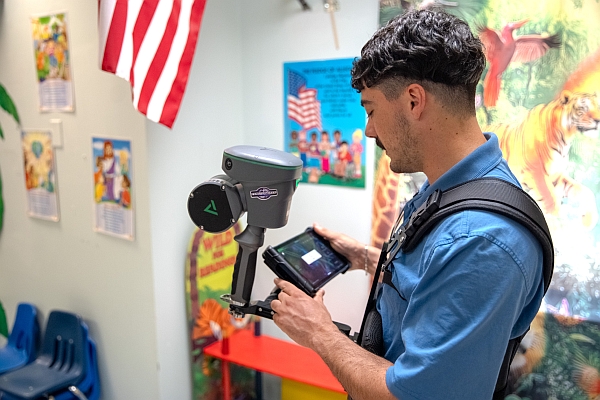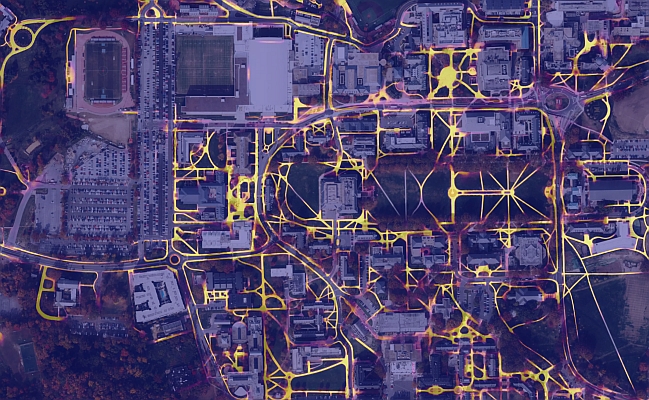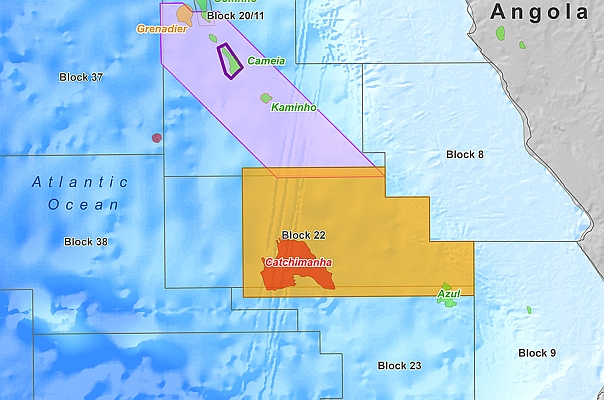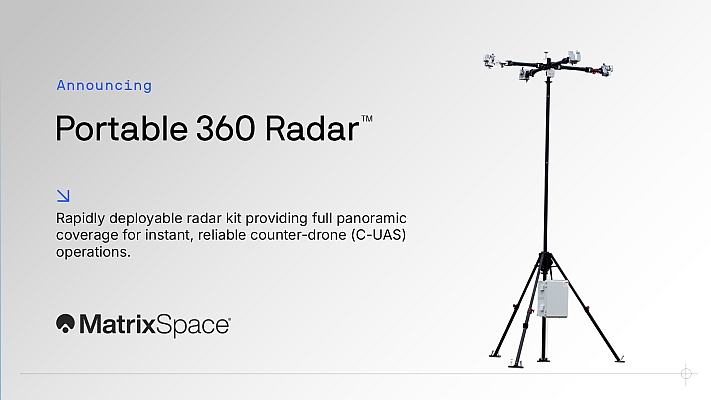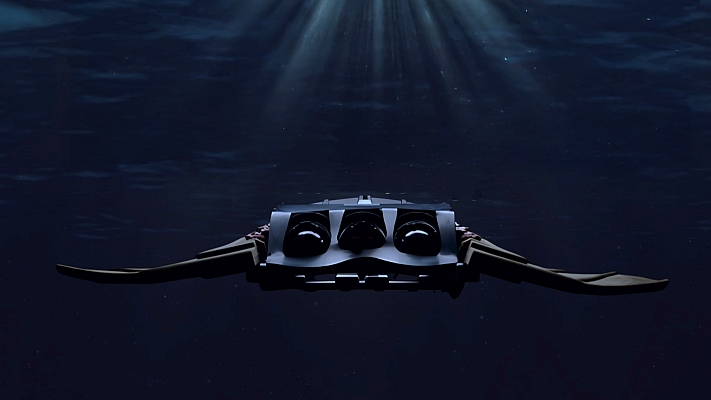The German Aerospace Center and the space company Astrium have recently taken an important step forward in their mission to create a three-dimensional map of the world.
On 14 October 2010, the radar satellite TanDEM-X moved into close formation with its ‘twin’, TerraSAR-X. Before this, the two satellites were orbiting 20 kilometres apart – a flight time of almost three seconds.
Now, there are only 350 metres separating the pair, which means their antennas are able to acquire radar images of the same area simultaneously.
The objective of the mission is to create a high-precision, three-dimensional digital elevation model of Earth’s land surface. The project needs the satellites to operate in parallel for a period of three years.
The transition to close formation flight marks the beginning of the final preparatory stage of the TanDEM-X mission. The routine operations phase is due to start in early January next year.
"This is uncharted territory"
The TerraSAR-X and TanDEM-X orbit trajectories, patented by DLR researchers, are like the strands of a double helix – they circle around one another without crossing. The team of scientists based in DLR Oberpfaffenhofen took just three days to carry out the approach in preparation for the final formation flight.
"First, we had to manoeuvre TanDEM-X to reduce its orbital period, so that the satellite could ‘catch up’, reducing the 20 kilometre gap between it and TerraSAR-X. After two further manoeuvres we brought the distance between the pair down to 350 metres," explains DLR flight dynamics expert Ralph Kahle.
The reduced distance between the satellites means that the two radar systems can be synchronised for the first time. TerraSAR-X and TanDEM-X can also monitor each other’s ‘health’ via an inter-satellite link.
"This is completely uncharted territory. Never before have two satellites worked in such close formation over a period of several years," says Manfred Zink, Project Manager for the TanDEM-X Ground Segment. Eckard Settelmeyer, Director of Earth Observation and Science at Astrium, adds: "This dual mission will give another boost to satellite-supported applications and science."
Radar satellites working in synchronisation
The close formation flight marks the bistatic phase of the TanDEM-X mission. The two radar satellites no longer work independently, but in synchronisation. One satellite transmits the radar signals needed for image acquisition, but then both satellites receive the signals reflected from the ground.
"Only in this bistatic mode can we get the image quality we need for the global elevation model. It marks an important milestone in the mission," says Zink.
Working in close formation, TerraSAR-X and TanDEM-X’s antennas complement one another like a pair of eyes. The combination of both radar images will no longer suffer from temporal changes between subsequent acquisitions over water or forest areas, and the combined sets of data can be processed into high-quality elevation models.
There are also energy-related benefits to this recording method. Because of the power consumption and build-up of heat, a radar satellite has a limit to the length of time for which it can transmit. However, in bistatic mode, TerraSAR-X and TanDEM-X share the transmission task. This means that the DLR scientists can use double the acquisition time that is available with one satellite.
Final preparations for the global elevation model
The comprehensive testing program for the TanDEM-X mission is expected to run until the end of 2010; then, the acquisition of data for the global elevation model can begin.
In the current phase, DLR researchers will ensure that the close formation flight is optimised, the bistatic recordings are being captured correctly and the image processors are working as specified. With the successful transition to close formation flight, DLR is close to the operational phase of the TanDEM-X satellite mission.
About the mission
TanDEM-X is being implemented as a public-private partnership between the German Aerospace Center (DLR) and Astrium GmbH, with funding from the German Federal Ministry of Economics and Technology (Bundesministerium fur Wirtschaft und Technologie; BMWi).
DLR is responsible for the scientific use of TanDEM-X data, planning and managing the mission, controlling the two satellites and generating the digital elevation model. Astrium built the satellites and is sharing the costs of development and operation. As with TerraSAR-X, Infoterra, a subsidiary of Astrium, is responsible for the commercial marketing of TanDEM-X data.
Follow us on Twitter.


